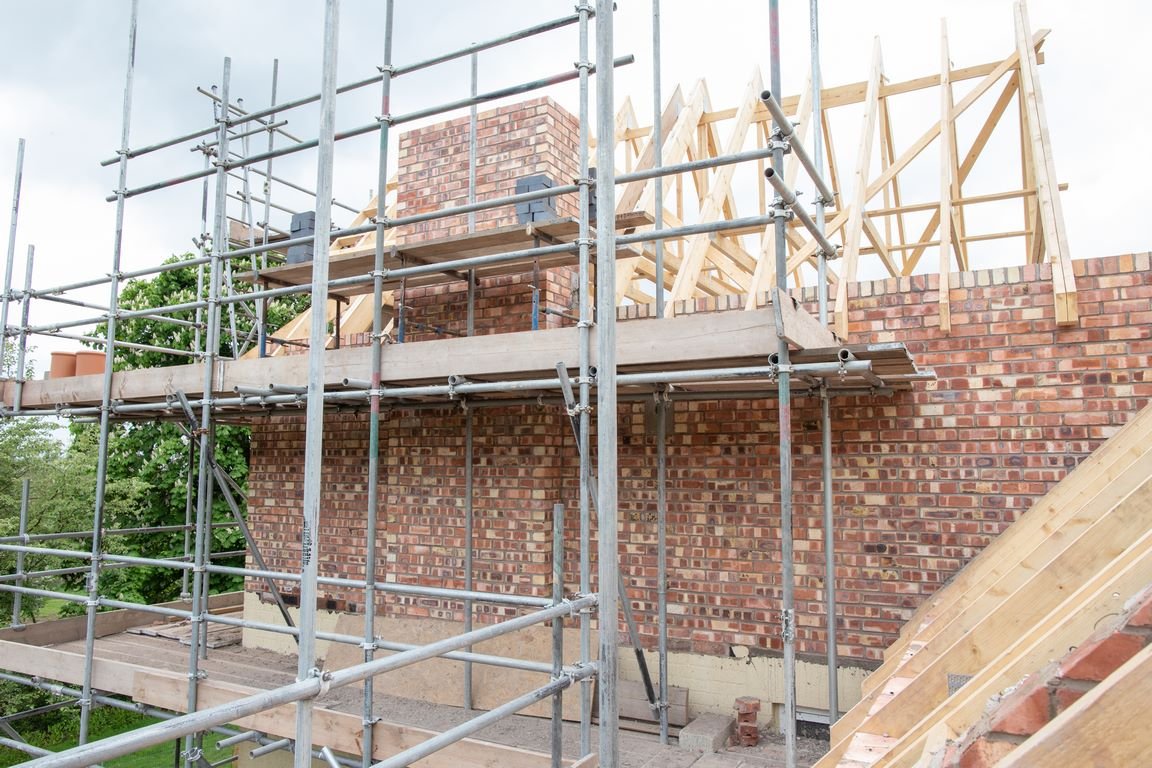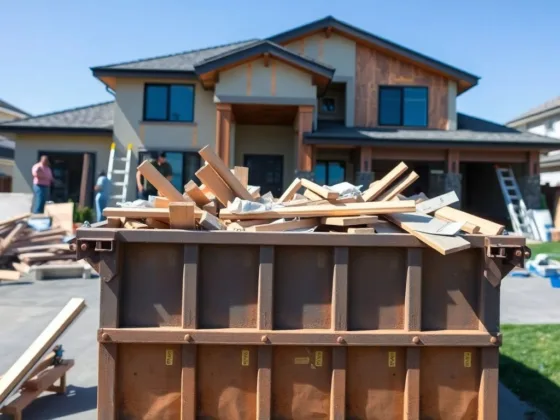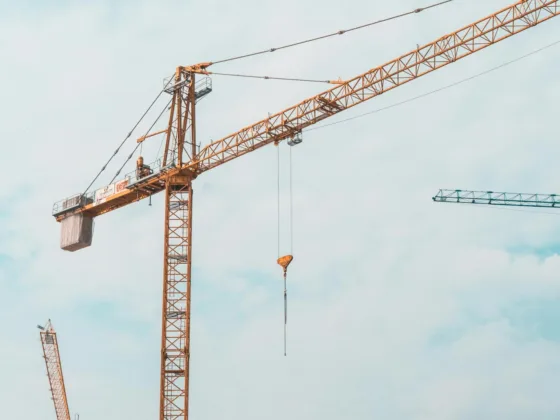Table of Contents Show
As your family grows, your living space might start to feel cramped and you folks need extra square footage for comfort. But how can you deal with this predicament?

Fortunately, adding a home extension can meet your growing household’s need for more usable space. Besides increasing your family’s living space, did you know that a home extension can even improve the value of your property too?
Whatever reason you have for wanting to extend your living space, planning a home extension project can be a complex process that requires careful consideration of several vital aspects.
You’re in luck. Whether you’re planning single and double storey house extensions or expanding your home horizontally, this post will guide you through the essential steps and help you create a space that meets your needs and adds value to your property. Read on to learn more.
1. Define The Purpose of Your Extension Project
First and foremost, you need to know why you’d like to extend your home. Is it to add more living space, create an extra bedroom, build a home office, or extend your kitchen? Whatever the reason, you must be clear about your goal. This way, every decision will have a logical foundation to stand on.
This is also the perfect time to think about your future needs. If you’re planning to have children in the future, consider adding an extra bedroom to accommodate your growing family.
Or, if you’re planning to work from home, create a separate home office space. Lastly, it’s best to talk about this as a family, too for some family members may have helpful insights that you can add to the mix.
2. Set a Project Budget
It’s crucial to set a realistic budget that considers all the costs associated with the project, including materials, labor, permits, and any additional fees. Remember that the more extensive the project, the higher the cost will be.
Plus, you should factor in the quality of materials you plan to use and the type of finish you want for your extension. Research the cost of materials and labor and obtain quotes from different contractors to compare prices and determine the project’s average cost.
While you’re at it, take into consideration investing in quality materials and craftsmanship; this way, you can increase the value of your property and potentially recoup your investment in the future, should you want to sell your home.
Read Also:
3. Hire An Experienced Architect Or Designer
An architect or designer has the expertise and experience to create a design that meets your needs and takes into account all the technical aspects of the project. They’ll work with you to create a design that reflects your vision and meets your functional requirements.
Additionally, these professionals will ensure that the plan is structurally sound, complies with local building codes and regulations, and maximizes the use of available space.
Choose someone who has experience with similar projects and can provide references. It’d help if you look for someone who has a good reputation in the industry and is licensed and insured too. Working with them can be a collaborative process, and you should be prepared to provide input and feedback throughout the design phase.
4. Pick a Reliable Contractor
A good contractor will manage the construction process, ensure that the work is completed on time and within budget, and provide high-quality workmanship.
Prior to hiring a contractor, ensure you’ve done your research, sought recommendations from friends and family, and checked online reviews and testimonials to prove your credibility.
You should check that they’re licensed and insured and have experience with similar projects. If the contractor has a website, you can check their portfolio, references, and online reviews to see what previous clients say about their work.
5. Oversee The Construction Process
If you’ve hired a contractor, they’ll manage the entire construction process for you. Still, staying involved and communicating regularly is essential to ensure everything is going according to plan.
It’s essential to establish regular communication with your contractor and any other parties involved in the project. This can include weekly meetings, phone calls, or emails to discuss progress, changes, and any issues that arise.
Furthermore, it’s important to keep all documentation related to the project, regularly visit the site, and keep track of all costs. This way, you know that your project will be successful and that you will achieve the expectation you set from the get-go.
Managing the construction process is one of the stressful phases of a home extension project. That’s why it’s essential to be flexible and adaptable. Issues can arise during the construction process, and it’s vital to work with your contractor and make some necessary compromises to find solutions that meet your needs. This is better than stressing yourself out over things you can’t control.
Conclusion
Planning a home extension project requires careful consideration and attention to detail. Each step mentioned in this post is vital to ensure that the project is completed successfully and to your satisfaction.
While home extension projects can be challenging, they can also be incredibly rewarding, providing additional living space and enhancing the value of your home. Following the steps outlined in this post will help you plan and execute a successful home extension project that meets your needs and exceeds your expectations.










